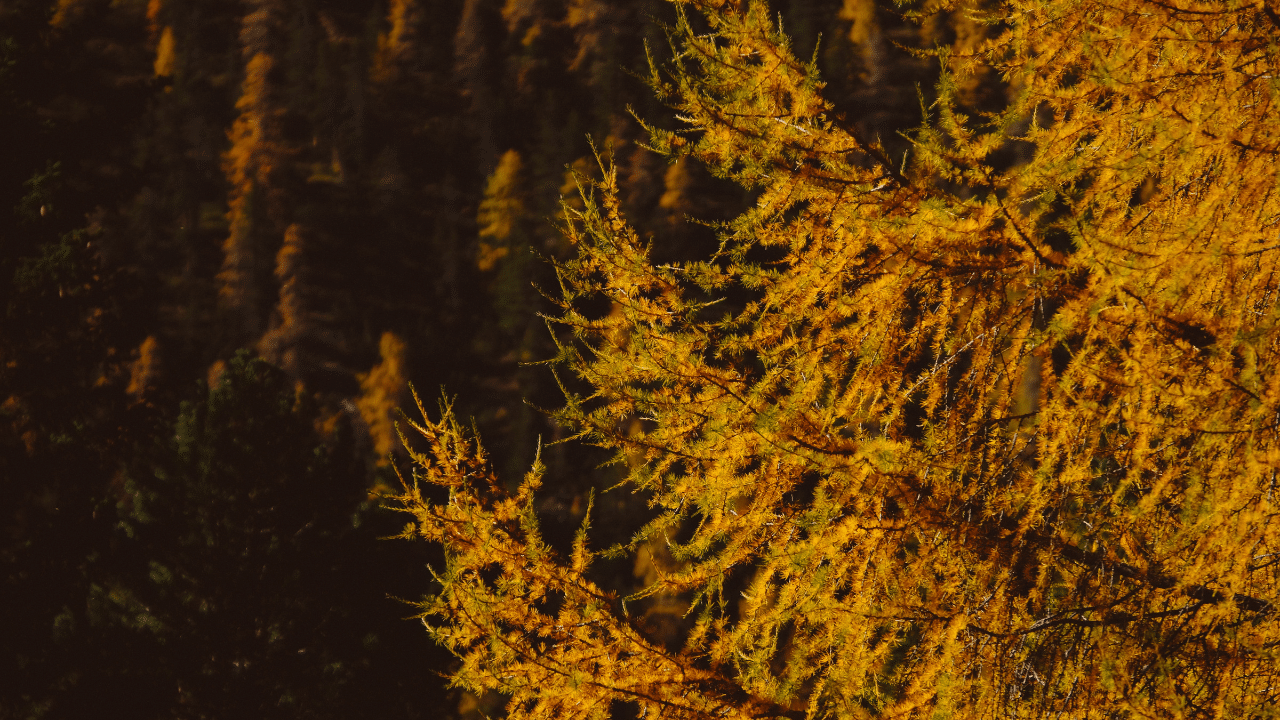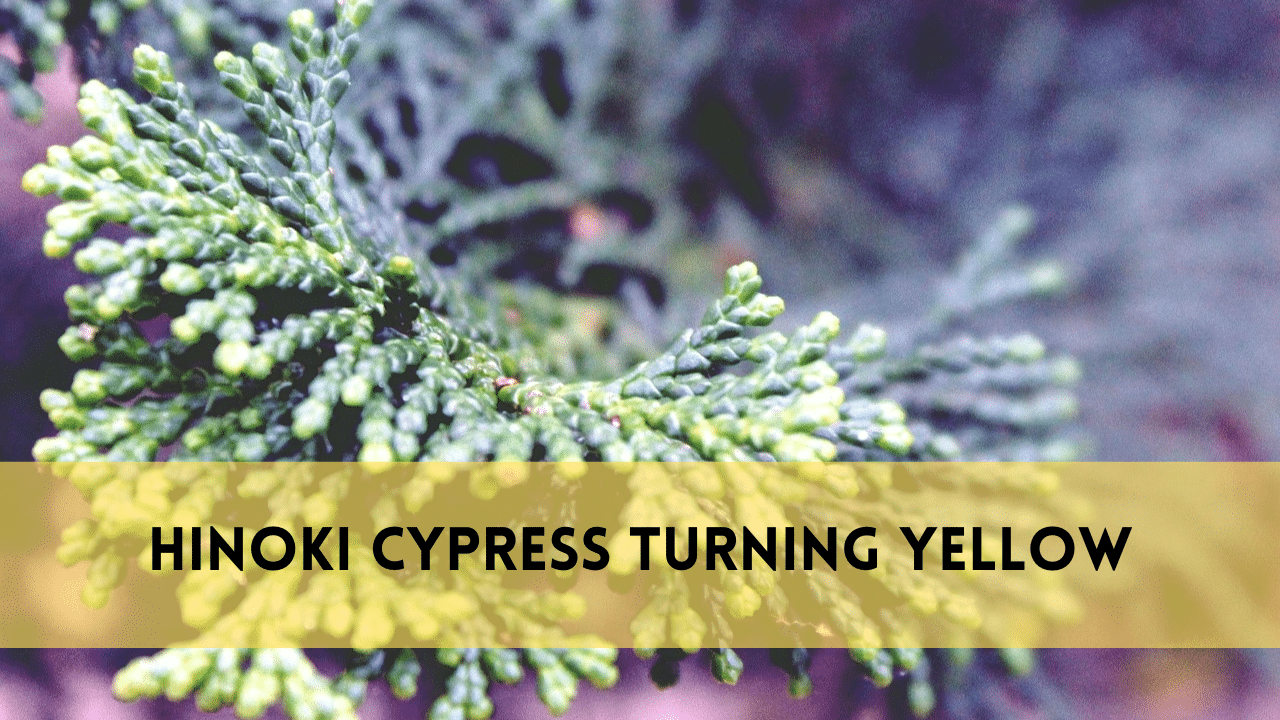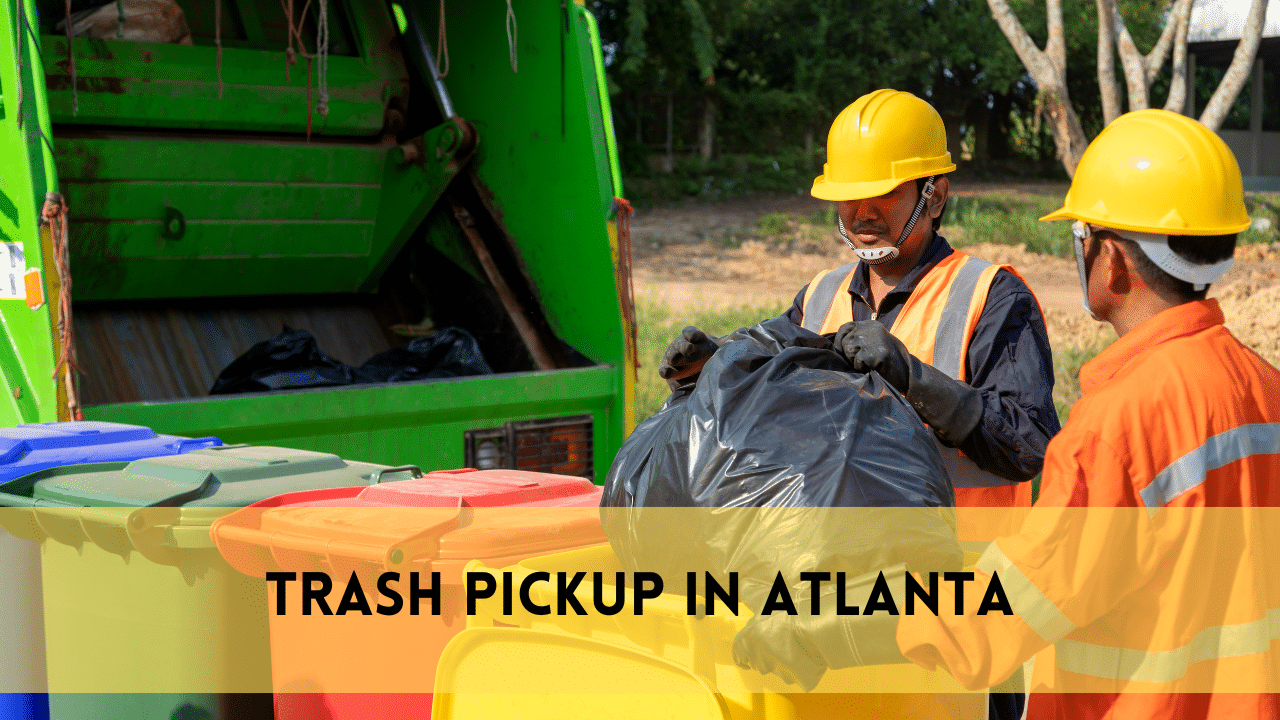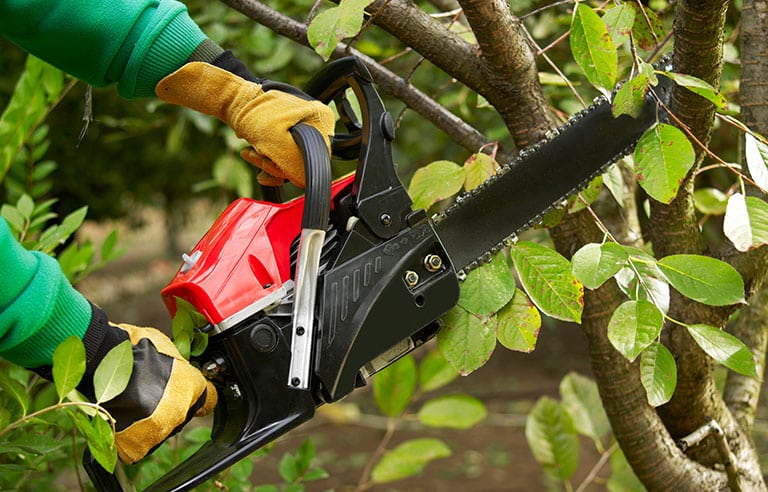The Hinoki cypress is an arboreal jewel within Arbortrue Atlanta’s lush embrace. However, as the vivid green fades to a worrying yellow, arborists and enthusiasts alike are intrigued and concerned. This comprehensive book digs into the subtle realm of hinoki cypress turning yellow, revealing mysteries inside Arbortrue Atlanta’s calm setting.
We set out on a journey to restore these majestic trees to their blooming splendour by combining expert knowledge, firsthand experiences, and tried-and-tested remedies. Join us as we explore the causes, care procedures, and resilient spirit of the Hinoki cypress at Arbortrue Atlanta.
Unveiling the Causes of Hinoki Cypress Turning Yellow
In the arboreal universe of Arbortrue Atlanta, unravelling the mystery of Hinoki cypress turning yellow becomes critical. Environmental stress is identified as a significant cause of hinoki cypress turning yellow, with factors such as soil quality, climatic variations, and neighboring vegetation influencing the general health of these respected trees.
Our investigation into the complex world of Hinoki Cypress care finds that pests and pathogens add another layer to the arboreal puzzle, necessitating careful detection and tailored interventions.
Arborists at Arbortrue Atlanta examine the delicate intricacies of environmental stressors, providing insights into how each aspect affects the beautiful foliage of Hinoki cypress. Through a thorough analysis of the reasons for Hinoki Cypress turning yellow, we hope to equip enthusiasts and caretakers with the knowledge they need to cultivate a thriving arboreal sanctuary where Hinoki Cypresses stand sturdy and radiant.
Seasonal Shifts: Recognizing Patterns of Hinoki Cypress Turning Yellow
Understanding the seasonal changes that impact Hinoki cypress is critical for keeping them lush and green. Arbortrue Atlanta fans, let’s look at the cyclical variations and patterns that influence the colors of your favourite trees.
Expect brilliant green growth in the spring when the Hinoki cypress emerges from its winter hibernation. New branches and foliage should have a vibrant green tone.
As summer progresses, Hinoki cypress often displays its fullest green tones. Adequate sunlight and warmth add to the tree’s lush, verdant appearance.
As fall arrives, several Hinoki cypress species display bronze or golden tints, indicating a natural color shift. This seasonal transition is an expected feature of the tree’s life cycle. Recognizing these yearly trends allows Arbortrue Atlanta aficionados to appreciate the natural beauty of their Hinoki cypress while distinguishing between typical changes and potential concerns such as Hinoki Cypress turning yellow.
Nurturing a Hinoki Cypress Turning Yellow
In the serene expanse of Arbortree Atlanta, restoring the lustre of hinoki cypresses includes a holistic approach to maintenance. Soil rejuvenation emerges as a cornerstone, with arborists carefully assessing and improving soil health. This restoration method includes nutrient-rich amendments that create an environment conducive to vigorous hinoki cypress growth.
Pruning tactics take centre stage in the nurturing process, with Arbortrue Atlanta arborists using precise approaches. Careful removal of yellowed or diseased limbs not only revitalizes the tree but also encourages new, healthy growth, resulting in a symphony of greenery within the arboreal sanctuary.
Arbortrue Atlanta’s professionals advocate for a mutually beneficial interaction between caretakers and these magnificent trees. Through careful soil management, precise pruning, and an ongoing commitment to holistic nurturing a hinoki cypress turning yellow is transformed into a tribute to nature’s tenacity, dazzling Arbortrue Atlanta with its restored brightness and floral elegance.
The Arbortrue Atlanta Arboreal Haven
Arbortrue, located in the middle of Atlanta, serves as a sanctuary for both nature fans and arborists. The hinoki cypress dominates this arboreal refuge, lending elegance to the rich surroundings. The meticulously maintained environment encourages peaceful cohabitation among a broad range of trees, with the hinoki cypress towering tall as a symbol of tranquilly and natural beauty.
Arbortrue Atlanta’s dedication to conserving and improving the arboreal environment is demonstrated by the thorough care given to each tree, particularly in the face of hinoki cypress turning yellow. The arboreal refuge is not just a picturesque escape but also an educational centre where lovers may learn insights about tree maintenance, preservation, and the delicate balance that preserves this lush haven.

How to Take Good Care of Hinoki Cypress
Caring for the hinoki cypress requires a fine mix of attention to detail and knowing these majestic trees’ specific needs. Follow some expert recommendations to protect individuals.
Optimal soil conditions for hinoki cypress include well-drained, slightly acidic soil (pH 5.5–6.5) that is rich in organic matter. To avoid waterlogging, soil moisture levels should be monitored regularly.
Establish a proactive pruning strategy that focuses on removing dead or diseased branches every 2-3 years. This not only improves the aesthetics but also promotes new growth.2–3
Inspect hinoki cypress trees on a regular basis for signs of pests and illnesses. To control pests effectively, use natural therapies like as neem oil and horticulture soap. Mulch around the base of hinoki cypresses to protect them from harsh winter weather. This preserves soil moisture and protects against temperature extremes.
By following these instructions, caregivers help to ensure the longevity and health of hinoki cypresses, resulting in a vibrant arboreal refuge within Arbortrue Atlanta.
Preventing Hinoki Cypress Turning Yellow:
To keep your Hinoki cypress alive, you must take proactive and preventive actions. Join Arbortrue Atlanta lovers on a journey to protect your valuable trees from yellowing leaves.
- Monitor and control environmental conditions that can cause yellowing in Hinoki cypress, such as excessive sunlight and severe winds. Provide shade during hot summers and windbreaks during hard winters.
- Hinoki cypress requires well-drained soil with appropriate pH levels. Assess soil composition on a regular basis and supplement it with organic matter to promote proper nutrient uptake and root health.
- Implement a proactive pest control plan. Identify and manage potential pest concerns as soon as possible, and use Arbortrue Atlanta’s recommended eco-friendly remedies to keep your Hinoki cypress pest-free.
- Maintain a consistent schedule to prevent drought stress and soggy conditions. Arbortrue Atlanta experts advocate deep, infrequent watering to promote strong root growth and prevent yellowing.
Mastering Care Techniques: Tips for Arbortrue Atlanta Enthusiasts
Improve your arboreal knowledge with insider insights from Arbortrue Atlanta on mastering care practices for your beloved Hinoki cypress. Investigate the subtleties of growing these majestic trees to ensure their success in your landscape.
Arbortrue Atlanta suggests smart trimming to keep the desired shape and promote healthy development. Remove dead or diseased branches to ensure proper air circulation in the canopy.
Achieve irrigation expertise by sticking to a deep, infrequent watering schedule. Arbortrue Atlanta recommends watering the tree at its base to promote strong root development and reduce water stress.
Strive for the ideal level of solar exposure. While Hinoki cypress prefers full to partial sunlight, arbortrue experts recommend offering some shade during hot summer days to reduce plant stress.
Regularly evaluate soil health.Arbortrue Atlanta highlights the need of well-drained soil with proper pH levels for maximum nutrient absorption.
FAQs
Are there specific bugs that cause Hinoki Cypress turning yellow, and how can I control them?
Identify common pests of Hinoki cypress and learn effective control strategies recommended by Arbortrue Atlanta.
Can soil composition affect hinoki cypress coloration?
Understand how soil affects the health and colour of hinoki cypress. Learn about the appropriate soil amendments and techniques.
What role does pruning have in preventing yellowing?
Learn how correct pruning techniques and schedules can help your hinoki cypress have a long and healthy life.
Is Hinoki Cypress turning yellow reversible, and how long will it take to notice results?
Learn about the probable reversibility of hinoki cypress turning yellow and realistic timetables for seeing favourable results.
Conclusion
Arbortrue Atlanta and lovers have launched on a journey to protect the beauty of Hinoki cypress trees. This comprehensive book has revealed the keys of Hinoki Cypress turning yellow, identifying seasonal patterns, and mastering expert care procedures.
Arbortrue Atlanta is a beacon of knowledge and stewardship, offering essential insights into the delicate balance necessary for vivid Hinoki cypress foliage. By proactively addressing environmental issues, optimizing soil health, and employing watchful care techniques, enthusiasts may protect their arboreal companions.



